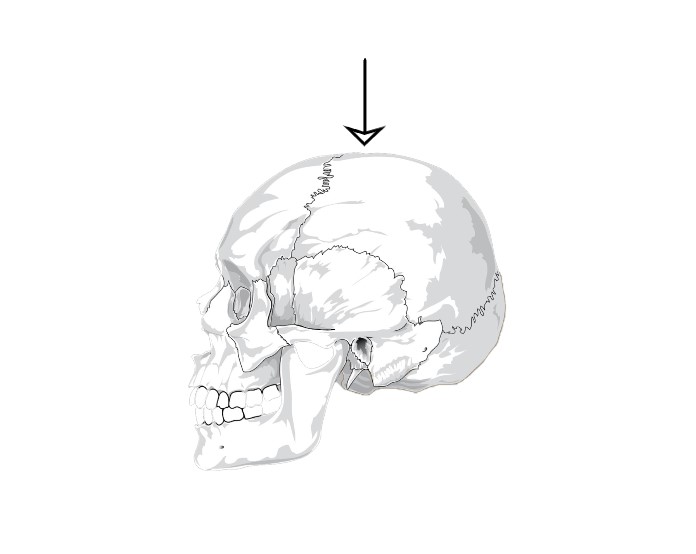Lhermitte’s Sign
Purpose of Lhermitte’s Sign: To determine if there is a dural or meningeal irritation in the spine or to check if the dorsal column of the spinal cord is hyperexcitable due to demyelination. Patient position: Long sitting. Examiner position: Standing beside the examining table while the patient is in a long sitting position. Procedure: The examiner performs a gentle, passive flexion of the patient’s neck … Continue reading Lhermitte’s Sign
